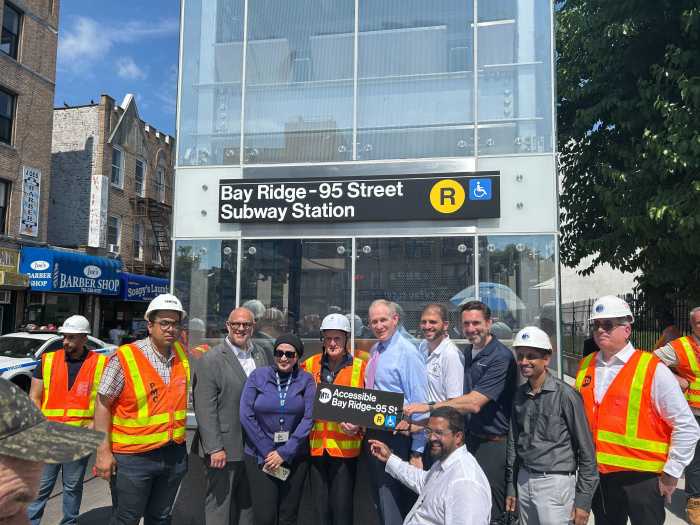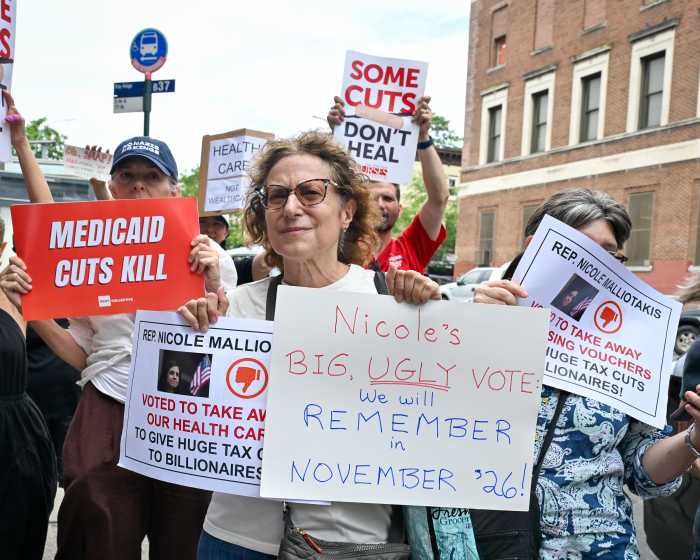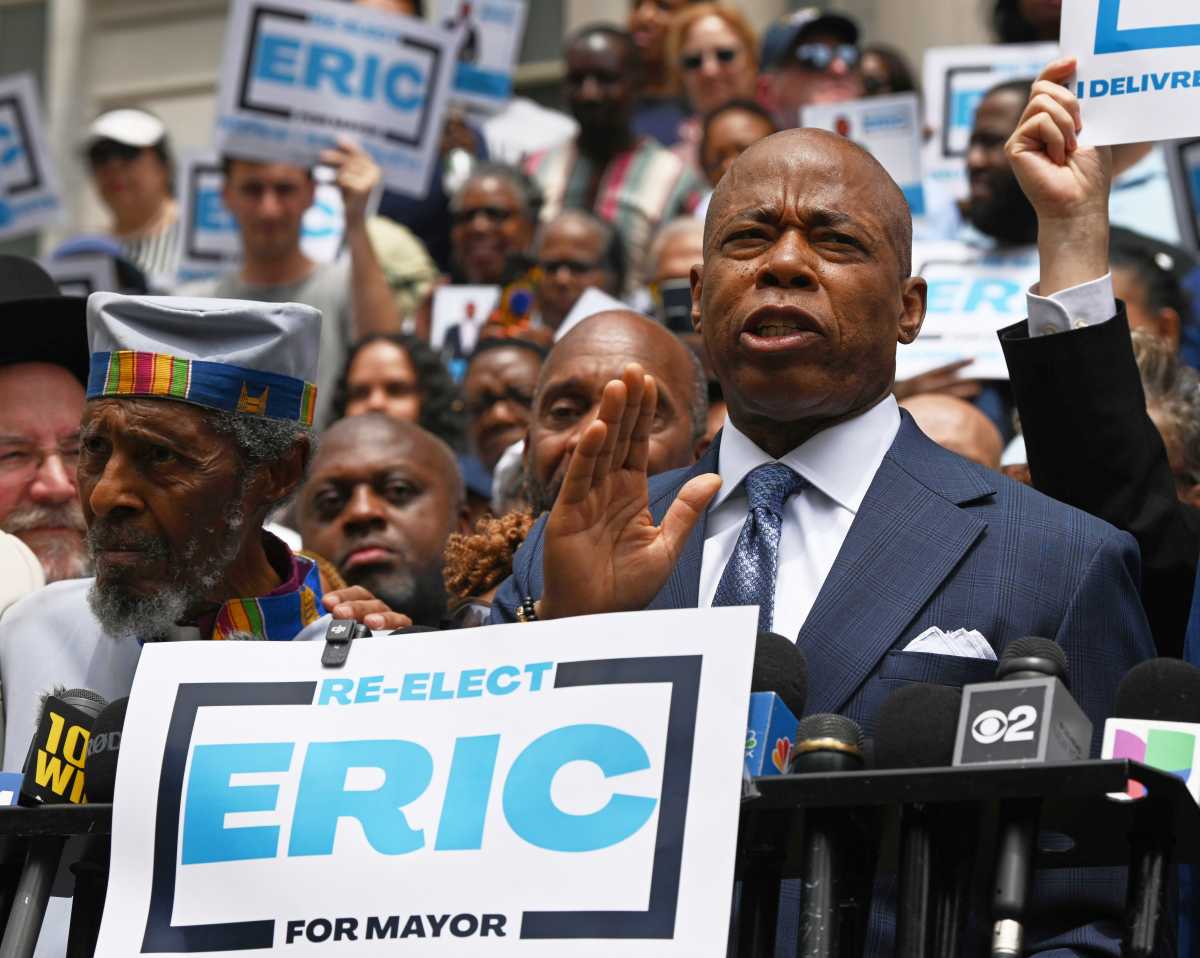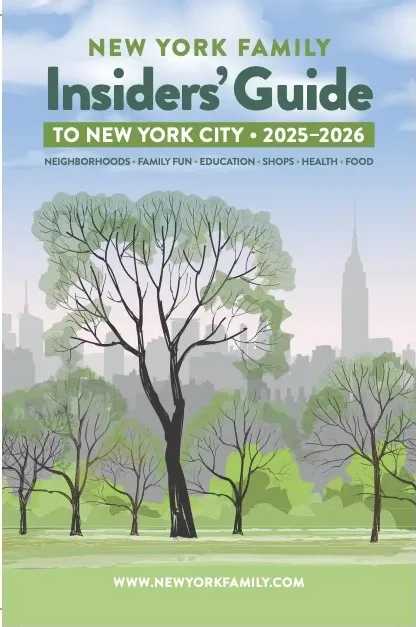There’s no evidence housing prices rise in desirable neighborhoods just because they are officially named a historic district, a report by the Independent Budget Office found.
In 2003, an agency study revealed that home prices just outside historic districts follow similar rates of increase as homes within a historic district.
The citywide study, called “The Impacts of Historic Districts on Residential Property Values,” examined sales from 1975 through 2002. There was clear evidence that prices inside historic districts were higher than those outside historic districts, but the report found insufficient evidence to conclude that districting itself causes higher prices or greater price appreciation.
A range of factors, the report notes — including proximity to subways, yard size, square footage of the house, and neighbors’ income level — could affect the value of a home.
Plus, historic districts don’t tend to become historic districts if they are not intrinsically desirable neighborhoods.
The Landmarks Preservation Commission is studying whether to create another historic district in Carroll Gardens, something detractors say will hasten gentrification.
The report found that over the entire 1975-2002 period, historic properties in Brooklyn increased in value an average of 10.2 percent per year, while non-historic properties experienced a rate of growth of 9.0 percent per year, the report reveals.






















